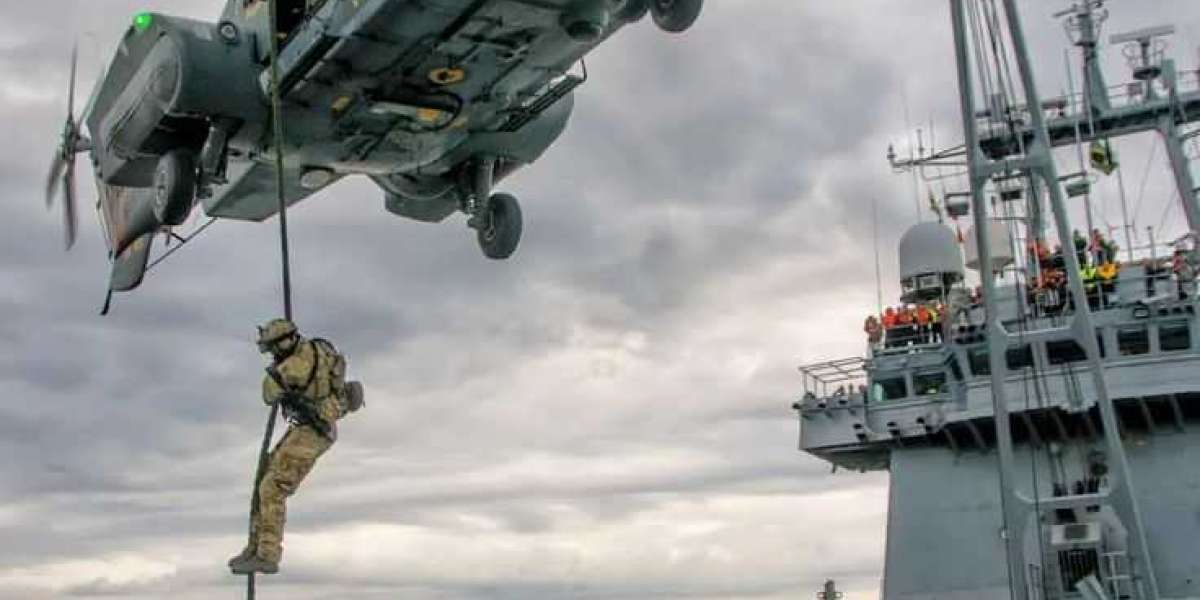In recent months, the US Department of Defense (DoD) has been making headlines with a series of significant Pentagon moves that are shaping both domestic security and the global defense landscape. From modernizing technology and strengthening alliances to redefining military readiness, these decisions are part of a broader strategy to adapt to the evolving nature of threats in the 21st century.
The Pentagon, often considered the heart of US military planning and decision-making, is more than just a headquarters—it’s a symbol of America’s defense power and strategic foresight. Let’s dive deeper into the most recent initiatives and why they matter on the world stage.
1. Strengthening Cybersecurity and Artificial Intelligence Integration
One of the most pressing focuses of the Pentagon’s recent moves is the expansion of cyber defense and artificial intelligence (AI) capabilities. As cyber warfare grows in sophistication, the DoD has launched initiatives to harden networks, secure sensitive data, and train military personnel in advanced digital warfare techniques.
AI integration is no longer a futuristic concept but an urgent necessity. The DoD is investing in AI-powered surveillance, predictive analytics, and automated defense systems. This approach aims to detect threats faster, reduce risks to human lives, and create a more agile military force.
2. Shifts in Global Military Presence
Recent Pentagon decisions also reflect adjustments in America’s military footprint worldwide. The repositioning of troops in Europe and the Indo-Pacific underlines a strategic pivot to counterbalance growing challenges from China and Russia.
In the Indo-Pacific, the Pentagon has been reinforcing its presence through naval deployments, joint exercises with allies like Japan, Australia, and the Philippines, and the development of new base infrastructure. These moves are designed to ensure freedom of navigation in contested waters and strengthen deterrence against aggressive regional maneuvers.
In Europe, the US has renewed its commitments to NATO, bolstering Eastern European defenses in light of continuing instability and tensions with Russia. Such moves highlight the Pentagon’s dual priority: protect allies while projecting power in key strategic regions.
3. Advancements in Space Defense
Another recent focus has been the Pentagon’s investments in space as a warfighting domain. With the establishment of the US Space Force, the Department of Defense is preparing for the reality that future conflicts may extend beyond land, sea, and air into orbit.
Recent initiatives include improving satellite defense systems, enhancing missile tracking capabilities, and developing countermeasures against potential adversary space operations. The Pentagon’s recognition of space as “the ultimate high ground” signals a new era of defense planning.
4. Modernizing Military Hardware
The Pentagon has also prioritized the modernization of its military hardware, from next-generation fighter jets to advanced naval vessels and missile defense systems. The integration of hypersonic weapons, autonomous drones, and stealth technologies showcases the DoD’s commitment to ensuring America maintains technological superiority over adversaries.
This modernization isn’t just about firepower—it’s about interoperability. The DoD is ensuring that all branches of the military can coordinate seamlessly in joint operations, whether in traditional combat zones or cyberspace.
5. Human Capital and Veteran Support
Beyond technology and global deployments, the DoD’s recent Pentagon moves also include efforts to strengthen its human capital. Programs have been rolled out to improve mental health support, veteran care, and recruitment strategies.
Facing recruitment challenges in a changing demographic landscape, the Pentagon is redesigning its approach to attract a new generation of soldiers—emphasizing skills in cyber, engineering, and intelligence alongside traditional combat roles. This balance ensures the US military remains versatile and prepared for future challenges.
6. Climate and Energy Resilience
Interestingly, the DoD has also acknowledged the role of climate change in national security. From protecting military bases from rising sea levels to investing in energy-efficient systems and renewable energy, the Pentagon’s recent moves highlight a growing awareness that environmental challenges can directly impact military readiness and operations.
Implications for Global Security
The cumulative effect of these Pentagon moves is clear: the US Department of Defense is adapting quickly to an increasingly complex security environment. The emphasis is on resilience, innovation, and partnerships.
For allies, these moves reinforce America’s commitment to collective defense. For adversaries, they serve as a reminder of the US’s technological and strategic edge. For the American public, they underscore the Pentagon’s mission: to safeguard national interests while preparing for tomorrow’s challenges.
Conclusion
The US Department of Defense’s recent Pentagon moves represent a carefully calculated response to the evolving global order. By investing in advanced technologies, reinforcing alliances, modernizing forces, and recognizing new domains like cyber and space, the Pentagon is signaling a forward-looking vision.
As the world grows more interconnected and threats become less predictable, these decisions will play a decisive role in shaping not just American security, but also global stability. The Pentagon, in motion, is a reminder that defense is never static—it evolves with the times, ensuring readiness for what lies ahead.







